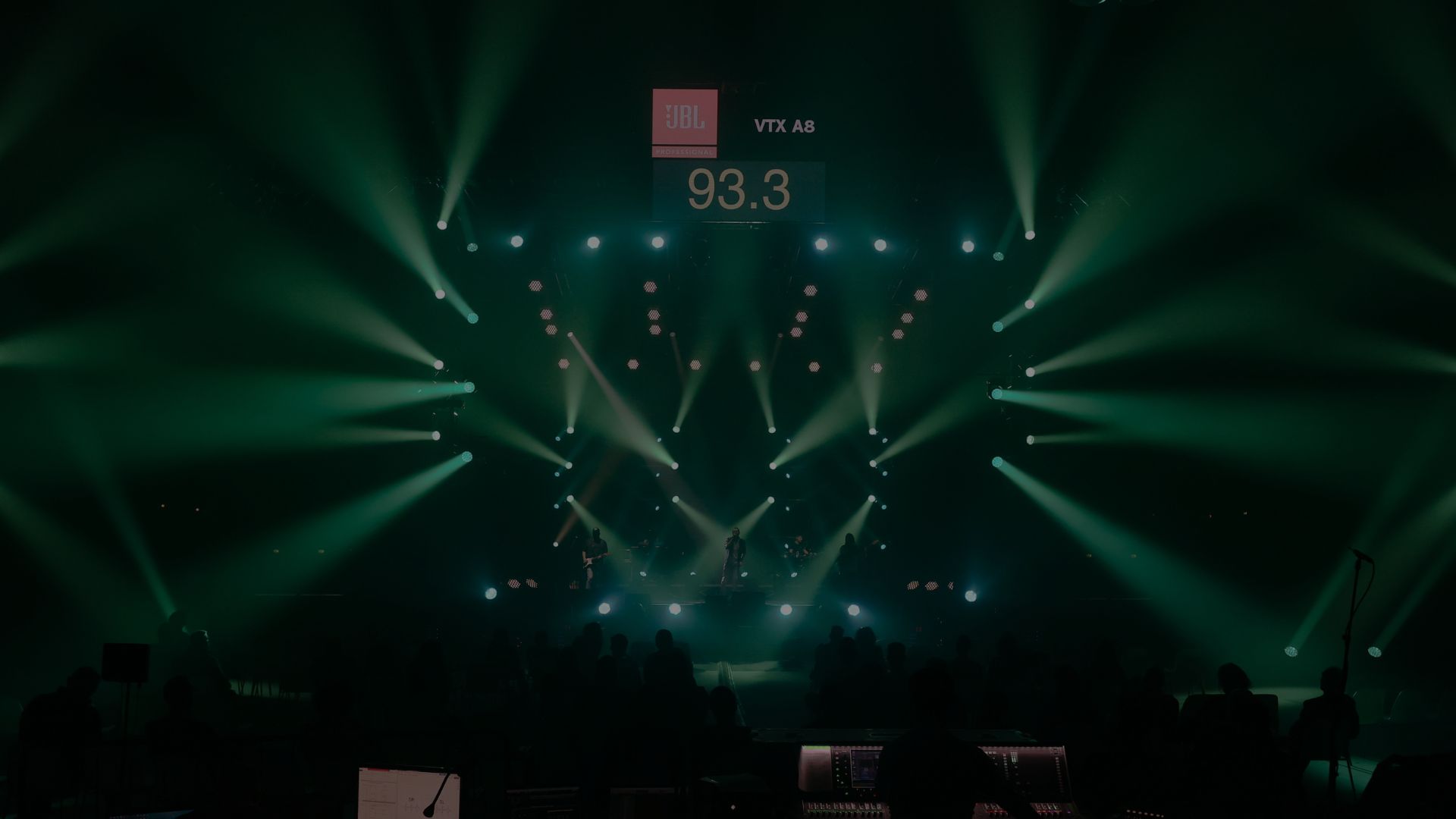IMS Ibiza 2025: What Does It Reveal About the Future of Electronic Music?
To find out, we turned to the IMS Business Report from the latest edition of the International Music Summit (IMS) in Ibiza – the premier conference for culture, education, business, and wellness in electronic music. The report offers a snapshot of the global dance music industry, highlighting key transformations, challenges, data, and trends.
The data was compiled and analysed by MIDiA Research (midiaresearch.com), a leading firm in digital entertainment research and insights.
If you missed the event, here’s a breakdown of the key takeaways and emerging figures to better understand where the industry is headed.
A $12.9 billion powerhouse
One figure stands out above the rest: in 2024, the global electronic music market reached a staggering $12.9 billion.
Despite a general slowdown in the broader music industry, electronic music has proven remarkably resilient and dynamic – consolidating its presence and gaining ground in several segments. This success stems from a smart distribution of revenues across a wide range of sources, supporting both fan engagement and consumption.
Streaming: the beating heart of digital growth
Following a decade of rapid growth, global recorded music revenue growth slowed in 2024, increasing by 6%, down from 10% in 2023. Nonetheless, revenue still reached $36.2 billion, with streaming leading the way, generating $22.2 billion – the largest share of the market.
The number of streaming subscribers continued to grow at a healthy pace, rising 12% in 2024 to 818 million users. Spotify remains the dominant platform with a 32% market share and over 250 million subscribers globally.
Electronic music on Spotify is now the #1 or #2 genre in 9 of the 13 most relevant markets and gained 566 million new fans across Spotify, Instagram, and TikTok in 2024 alone.
The key markets driving this growth on Spotify are Mexico (+60%), the UK, and Germany.
Festivals are back: live experiences take centre stage
Festival energy is back – stronger than ever. The share of electronic artists in the line-ups of the world’s top 100 festivals rose to 18% in 2024, continuing a steady climb since 2021. Notably, 9 of the top 100 festivals were entirely dedicated to electronic music.

Back to Ibiza…
The return of live experiences was also strongly felt on the island of electronic music itself: Ibiza. In 2024, ticket revenues on the island reached €150 million, up 6% from the previous year – a clear signal of both cultural and commercial recovery in the live sector.
Afro House is booming
User growth across the Global South (Latin America, Africa, Southeast Asia) has been nothing short of extraordinary. While this democratises access to music, it also results in lower ARPU (Average Revenue Per User), impacting total revenue.
A strong reflection of this growth is the unstoppable rise of Afro House. In 2024, it entered Beatport’s top 10 best-selling genres and jumped from 23rd to 4th place in searches on Loopmasters. Afro House has become not just a genre, but a cultural movement, highlighting the rising influence of African sounds and music cultures from the Global South.

Women in DJing and the Charli XCX effect
A meaningful and positive shift is reshaping the DJ scene: female representation is on the rise. The percentage of female DJs registered on the AlphaTheta platform increased from 4% to 16% in recent years. While the scene is still male-dominated, this visibility is inspiring a new generation and helping close the gender gap.
"Brat Summer" – Does it ring a bell?
Charli XCX, with her latest album Brat, had a major impact on the UK market, pushing dance music back into mainstream pop culture. A perfect example of how female artists can shape contemporary sound beyond the traditional club scene.

AI & DJing: the future is now
The music industry is undergoing a radical transformation, where the line between listener and creator is increasingly blurred. Even before the widespread adoption of AI, fans were looking for ways to engage, remix, and create – not just consume.
The democratisation of music creation is unlocking new scenarios. Today, anyone – regardless of technical skill – can experiment and produce. AI is no longer just for professionals, but a creative tool for everyone, enabling a new wave of mass creativity.
In 2024, over 60 million users used AI-based music apps.
Most popular features? Audio manipulation and track speed control.
What’s next for electronic music?
The future of electronic music is more alive, more hybrid, more creative, and more interconnected than ever before.
With an active global fanbase, a strong scene culture, growing festivals, and increasingly accessible tools, electronic music remains one of the most innovative and culturally relevant sectors of the global music industry.
Want to dive deeper? Watch the official IMS 2025 keynote video and explore all the insights and data >> CLICK HERE to view it.
PUBLICATION
16/06/2025
scenario
















